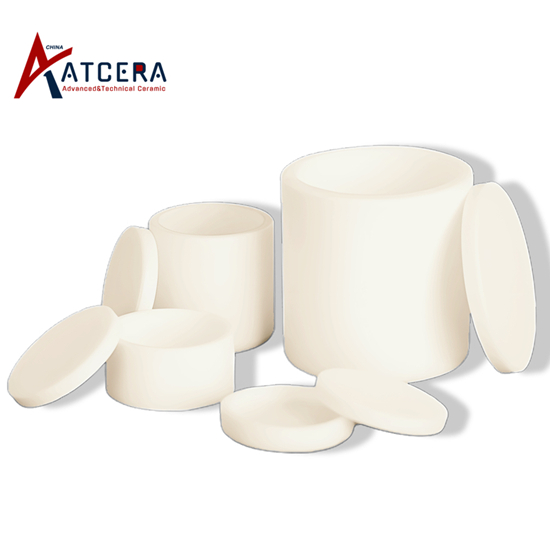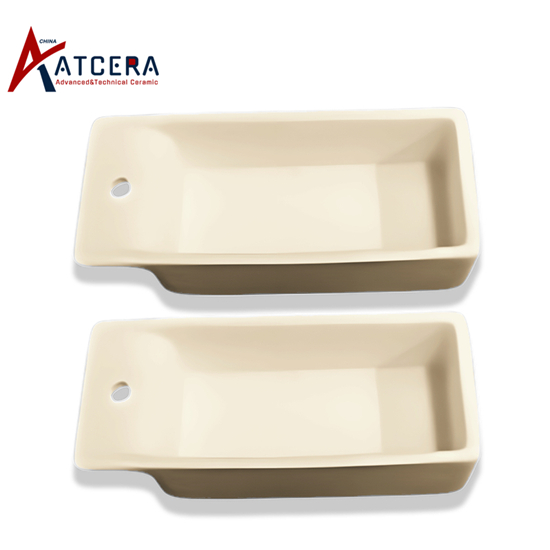In the ever-evolving landscape of materials science, alumina crucibles stand as a testament to the advancements in technology and industrial precision. These crucibles, renowned for their resilience to extreme temperatures, acids, and alkalis, have become indispensable tools in various industrial and scientific applications.
Characteristics of Alumina Crucibles
Alumina crucibles are crafted from high-purity alumina oxide, a material renowned for its superior thermal stability and chemical inertness. These crucibles exhibit exceptional corrosion resistance and thermal shock resistance, ensuring consistent performance even under the most demanding conditions. Their ability to withstand temperatures up to 1800°C makes them ideal for high-temperature applications.
Application Fields of Alumina Crucibles
The applications of aluminum oxide crucibles are vast and diverse. In the laboratory, they are used to heat and melt various materials, including metals and non-metals, enabling researchers to study the physical and chemical properties of materials at elevated temperatures. In industrial production, al2o3 crucibles are employed for analyzing and testing raw materials, intermediates, and final products, providing crucial insights into product characteristics and enabling process optimization.

How to Select the Right Alumina Crucible for Your Project
Choosing the right alumina crucible for a specific application is crucial. Factors such as the maximum operating temperature, chemical compatibility with the material to be heated, and the desired level of thermal shock resistance should be considered. Additionally, the size and shape of the crucible must be tailored to the specific requirements of the experiment or production process.
Manufacturing Process of Alumina Crucibles
The manufacturing process of alumina crucibles involves precision engineering and careful material selection. High-purity alumina oxide powder is mixed with binders and formed into the desired shape using advanced molding techniques. The crucibles are then sintered at high temperatures to achieve the desired density and strength. The resulting crucibles exhibit excellent dimensional stability and durability, ensuring consistent performance over extended periods.

Case Studies and Success Stories of Using Alumina Crucibles
Numerous case studies and success stories demonstrate the effectiveness of alumina crucibles in various applications. In the field of metallurgy, alumina crucibles have been used to melt and analyze rare and precious metals, enabling the refinement of production processes and the improvement of product quality. In scientific research, alumina crucibles have facilitated the study of material phase transitions and chemical reaction kinetics, advancing the understanding of material behavior at extreme conditions.
Conclusion
Alumina crucibles are versatile tools that have revolutionized industrial and scientific applications. Their superior thermal stability, chemical inertness, and resilience to extreme conditions make them invaluable in various experiments and production processes. As technology continues to advance, alumina crucibles will remain at the forefront of materials science, enabling further innovations and discoveries in diverse fields.


























